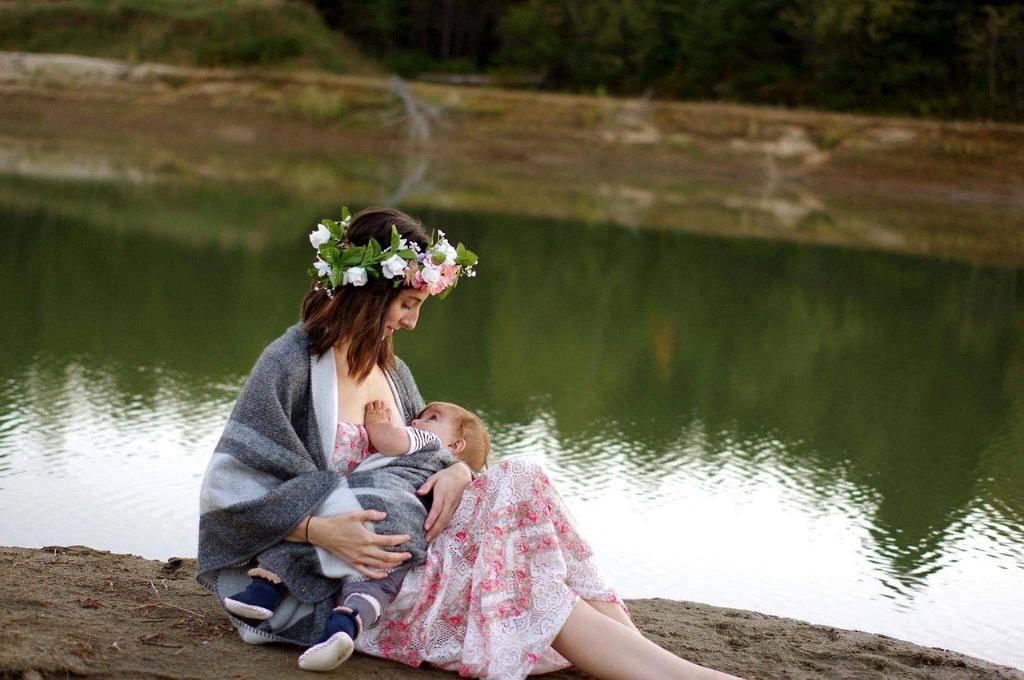Experiencing blisters on your breast can be a discomforting and concerning issue for many individuals. These skin lesions, commonly associated with friction or burns, can also manifest on this delicate area of the body due to various underlying factors.
Blockage at the End of a Milk Duct
One of the primary causes of blisters on the breast can be attributed to a blockage at the end of a milk duct. When this duct becomes obstructed, it can lead to the formation of a blister-like lesion due to the trapped fluids and skin irritation.
Allergic Reactions
Another possible culprit behind breast blisters is an allergic reaction. Sensitivity to certain fabrics, detergents, skincare products, or even breast pads can trigger skin irritation and blister formation on the breast area.
Viral Infections
Notably, viral infections can also contribute to the development of blisters on the breast. Conditions such as herpes simplex virus (HSV) or herpes zoster (shingles) can cause localized blisters, often accompanied by pain and discomfort.
Friction and Irritation
Continual friction and irritation, especially from ill-fitting bras, excessive rubbing, or rough fabric, can result in the formation of blisters on the breast skin. Proper support and breathable materials can help prevent such issues.
Heat and Sweat Build-Up
In hot and humid environments, heat and sweat can accumulate under the breast area, leading to moisture-related skin issues like blisters. Keeping the skin dry, well-ventilated, and wearing moisture-wicking fabrics can aid in prevention.
Improper Wound Healing
If there is a pre-existing wound or injury on the breast, improper healing due to infection or inadequate care may result in the formation of a blister as the body tries to protect and repair the damaged skin.
Underlying Skin Conditions
Individuals with underlying skin conditions like eczema, psoriasis, or contact dermatitis may be more prone to developing blisters on the breast due to the skin’s heightened sensitivity and reactivity to triggers.
Hormonal Changes
Fluctuations in hormones, such as during puberty, pregnancy, menstruation, or menopause, can impact the skin’s integrity and make it more susceptible to blister formation on the breast area.
Stress and Emotional Factors
Prolonged stress, anxiety, or emotional turmoil can weaken the immune system and affect skin health, potentially leading to the manifestation of blisters on the breast as a physical response to psychological distress.
Medical Treatments and Medications
Certain medical treatments like radiation therapy or medications with blistering side effects can also cause skin reactions on the breast. It is essential to discuss any concerns with healthcare providers.
Conclusion
In conclusion, an array of factors ranging from blockages and allergies to infections and external irritants can play a role in the development of blisters on the breast. Understanding these potential causes can help individuals identify triggers and take steps to prevent and address this skin issue effectively.

